Miscellany Mondays: On the road again! (part 1)
There have been quite a few hotels, inns, and other rest houses in Andover’s history. Guest writer Aditi Kuppuraj explores two of them in this first of two posts.
Today we’re pleased to introduce guest History Buzz writer Aditi Kuppuraj. A senior at Andover High School, Aditi started volunteering in her junior year.
There have been quite a few hotels, inns, and other rest houses in Andover’s history. These served not only travelers on the Essex Turnpike, and later on the I-93 and I-495, but also visitors to town businesses, the Theological Seminary and Phillips Academy. Though many of these establishments have since closed down, been repurposed, or completely demolished to make room for today’s projects, they are still an integral part of Andover’s rich history.
While I was doing research on Andover’s hotel scene, I found four hotels which piqued my interest, and I hope you will feel the same.
My first post focuses on two hotels: Elm House and Rolling Green Hotel.
Elm House was located at 4 Elm Square in downtown Andover, now the site of Musgrove Building. It was initially known as Ye Ames Tavern and was built around 1800. At the time, there were only three taverns in Andover, this one being the youngest. Throughout its short history (it was torn down in 1895), it underwent a series of changes and transformations. It went from being called Foster’s Tavern, to Mayo’s Tavern, and then the Eagle Hotel.

The hotel contained a tavern, livery stables, an office, and later would be renovated to make it three stories tall! All these additions happened under the ownership of Samuel G. Bean, who also renamed the tavern as the Elm House. These features set it apart from its competitors, especially the stables. As using a horse and carriage was the only method of transportation at this time, the hotel was a perfect destination for weary travelers and business people.
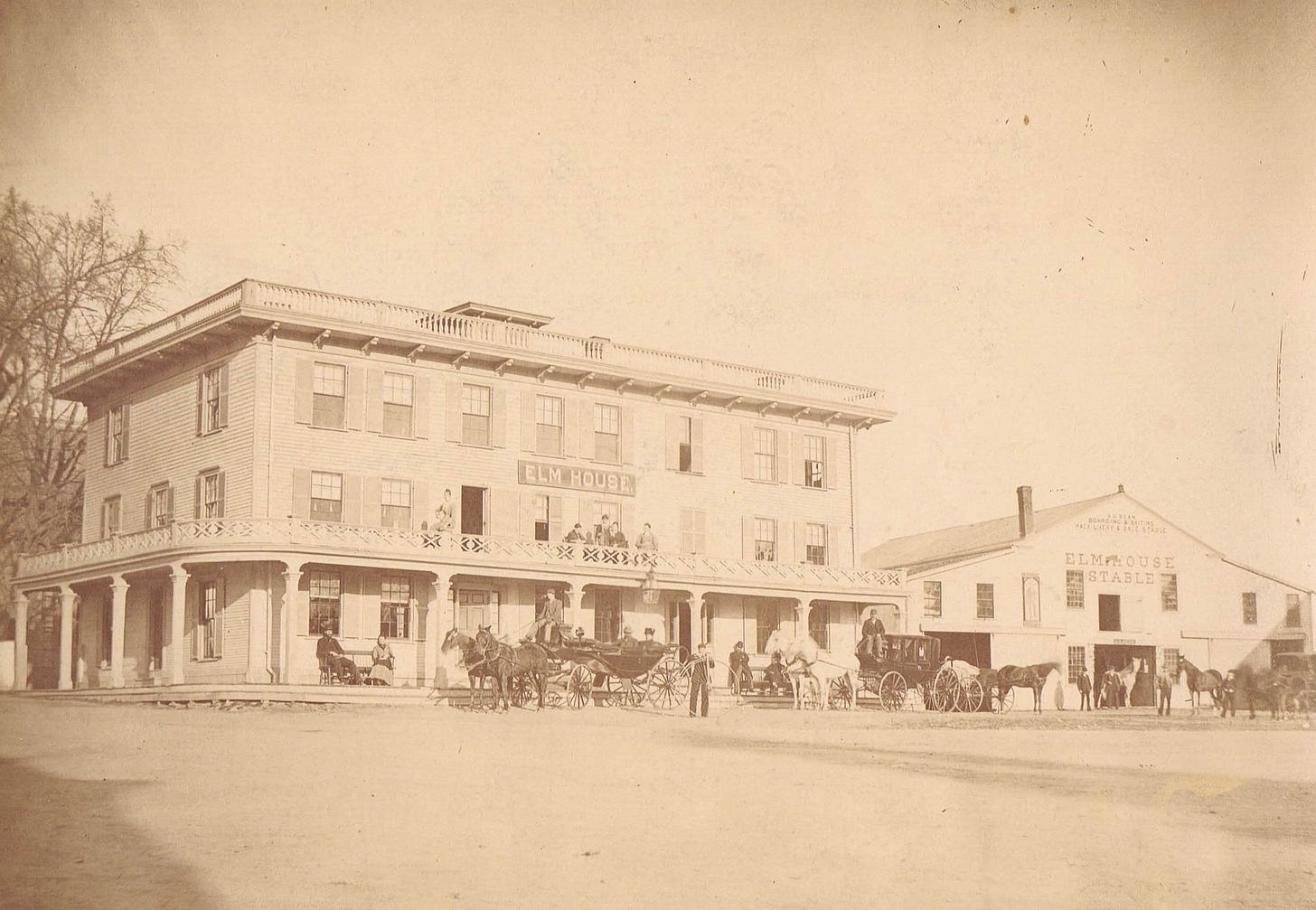
Later additions to the hotel would include an Oyster Saloon (where one could consume oysters and ice cream, both delicacies of this period) and a Billiard Hall, boasting three tables and slate beds made of the finest quality. However, in its waning years, the quality of the service decreased, and the hotel become more of a boarding house. Many complaints arose about the quality and type of food being served. Specific dishes would be served on specific days, and there would be numerous complaints and groans from the guests when those days came. Fridays were known as Fish Day, which was one day that was particularly unpopular, with many guests referring to the fish as “pin cushions”.
Locals knew of the Elm House as a casual forum to discuss town happenings, which occurred in the hotel’s office. These unofficial town meetings seldom produced solutions to any problem, but it was a great way to meet members of the Andover community and voice one’s opinion.

In 1891, guests at the hotel included William M. Wood and his family, who stayed there during the renovation of their home on North Main Street.
In 1894, the hotel was razed to make way for the Musgrove Building. Two years later in 1896, to celebrate the 250th anniversary of Andover, the wood from the demolished Ames Tavern was used to create letter openers as commemorative souvenirs.
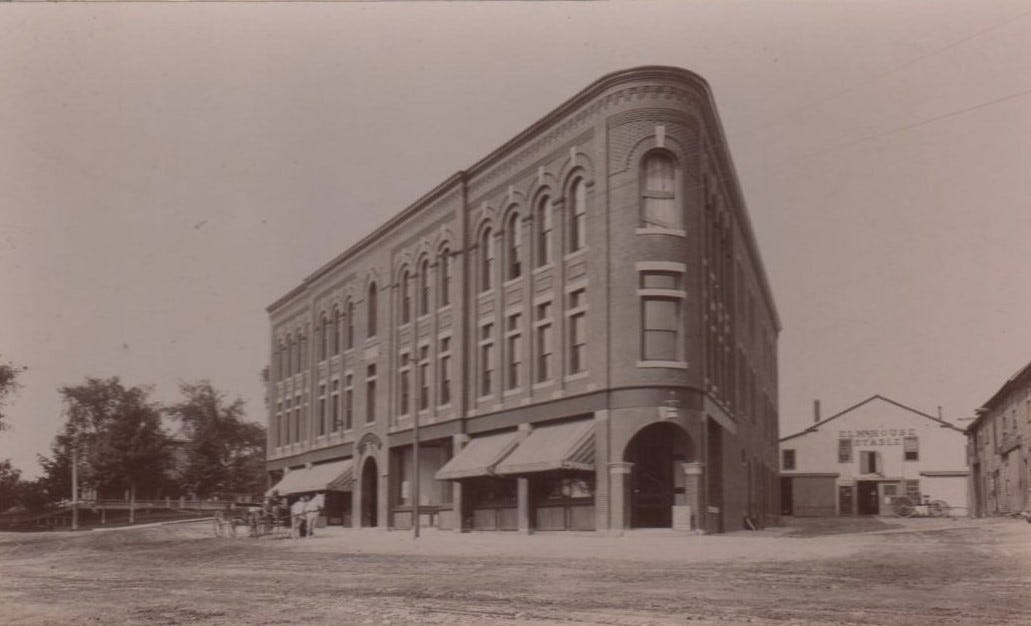
Our second hotel was built in 1962 and served travelers arriving by car not horse and carriage.
With its unique features and modern architecture, the Rolling Green Hotel was a relatively new addition to the Andover hotel scene and was located on the site of the current Hamilton Green Apartment complex on Lowell Street.
Prior to the hotel’s existence, the land was the site of the Clover Farm, one of the American Woolen Company farms. In the late 1950s, the land was bought by Henry Axelrod, who transformed the farming land into a hotel which opened in February 1962. The idea of a hotel on this area arose from the construction of I-93, which meant its presence would lure travelers on this route to stop and rest there. He later sold the hotel to the Sheraton group.
At its peak, the hotel possessed many amenities, including a cocktail lounge, two restaurants, a sauna and pool. Banqueting and meeting rooms were also available. What made this hotel stand out was its theme. Inspired by the medieval times, suits of armor, shields and replicas of old weapons decorated the spaces. The pool was known as the Lancer’s Pool, the restaurants were called the ‘Ivanhoe Room’ and ‘Squire’s Board,’ and there was even a jousting room!
The Great Hall could accommodate 350 guests for a banquet. The cozy, dimly-lit atmosphere of the restaurants made diners and travelers feel as if they were truly in a medieval tavern! Among the locals, the hotel was known as a great place to host parties and events.
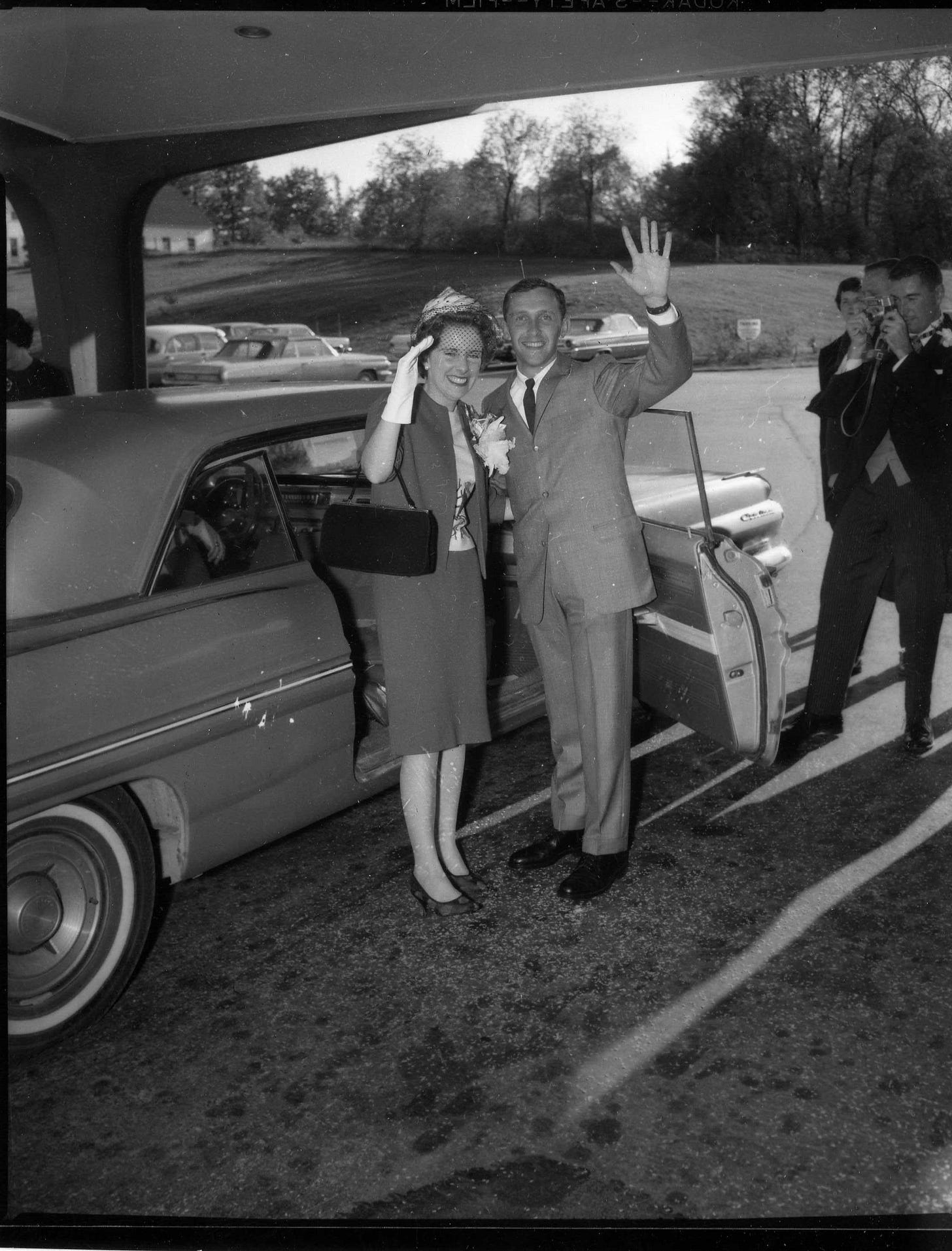
As with the Elm House, the Rolling Green Hotel no longer exists. The hotel was demolished and the Hamilton Green Apartments, opened in 2007, stand in its place.
How about you? Do you have memories of staying in “theme” hotels, like the Rolling Green?
Thanks for reading! And thank you Aditi for your time spent researching and writing this story. If you enjoyed this post, please consider becoming a subscriber. History Buzz will always be free to read. Paid subscribers help support the research and writing that make the Buzz possible.
~Elaine


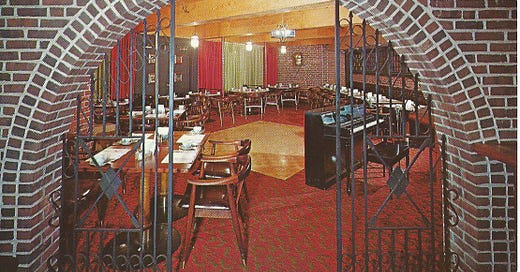



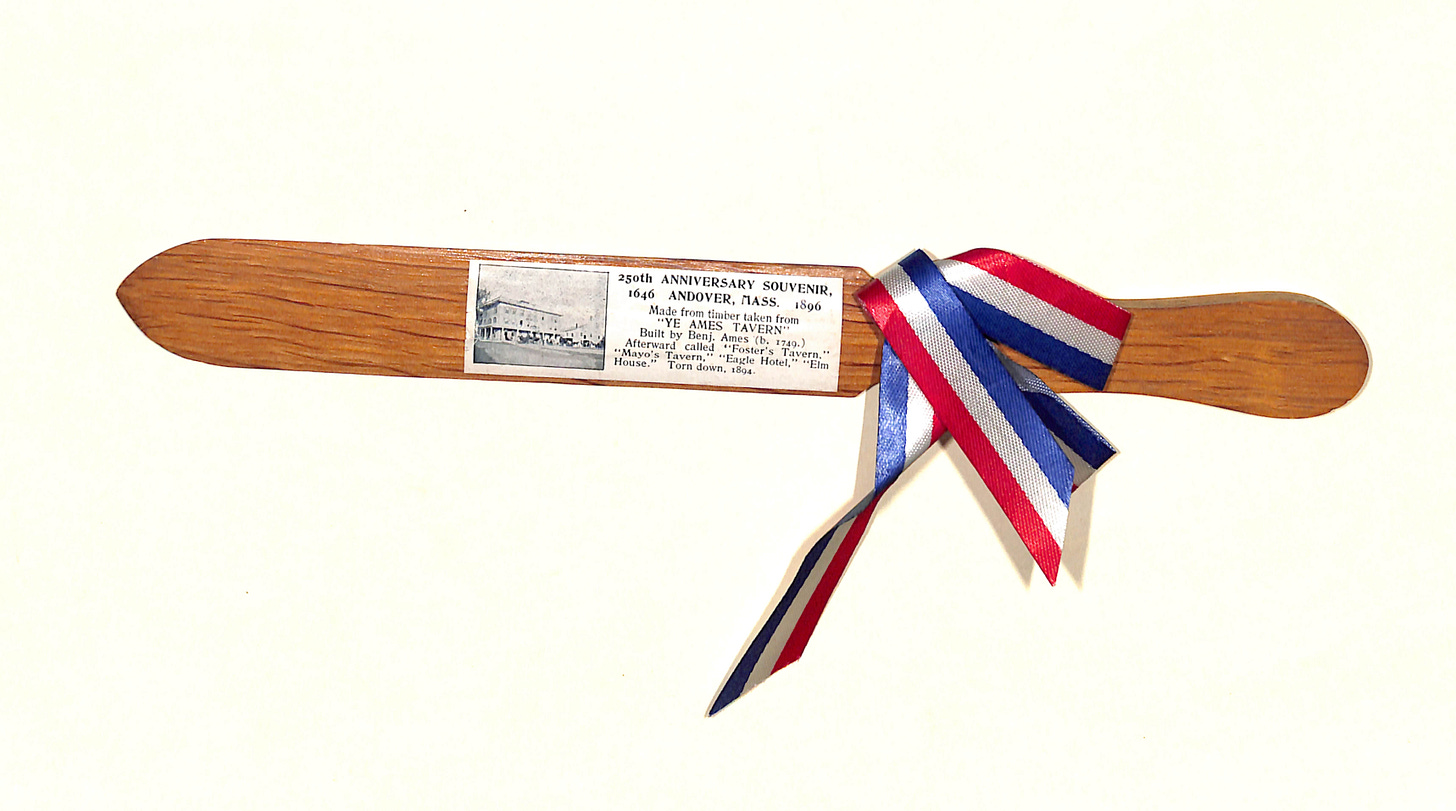
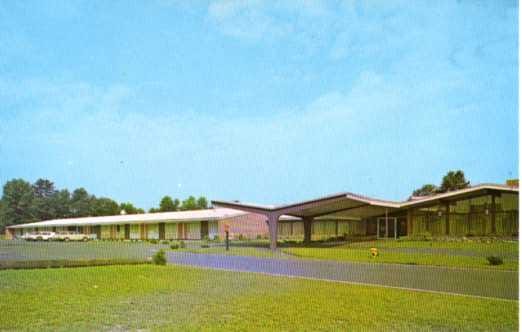

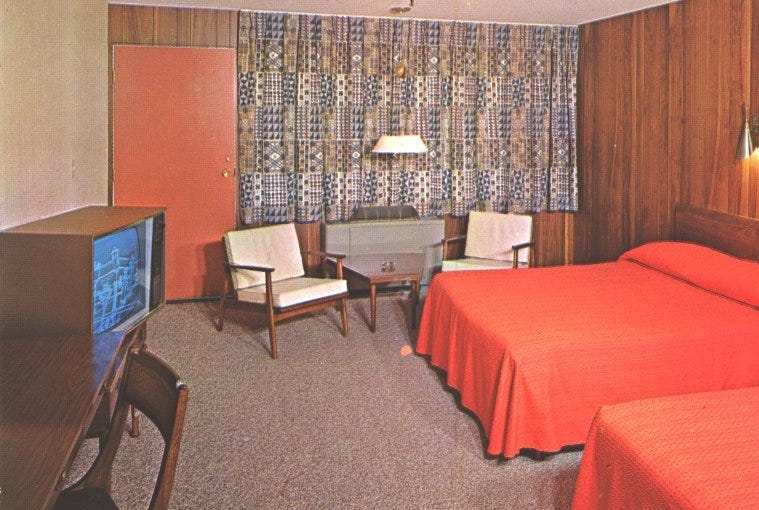

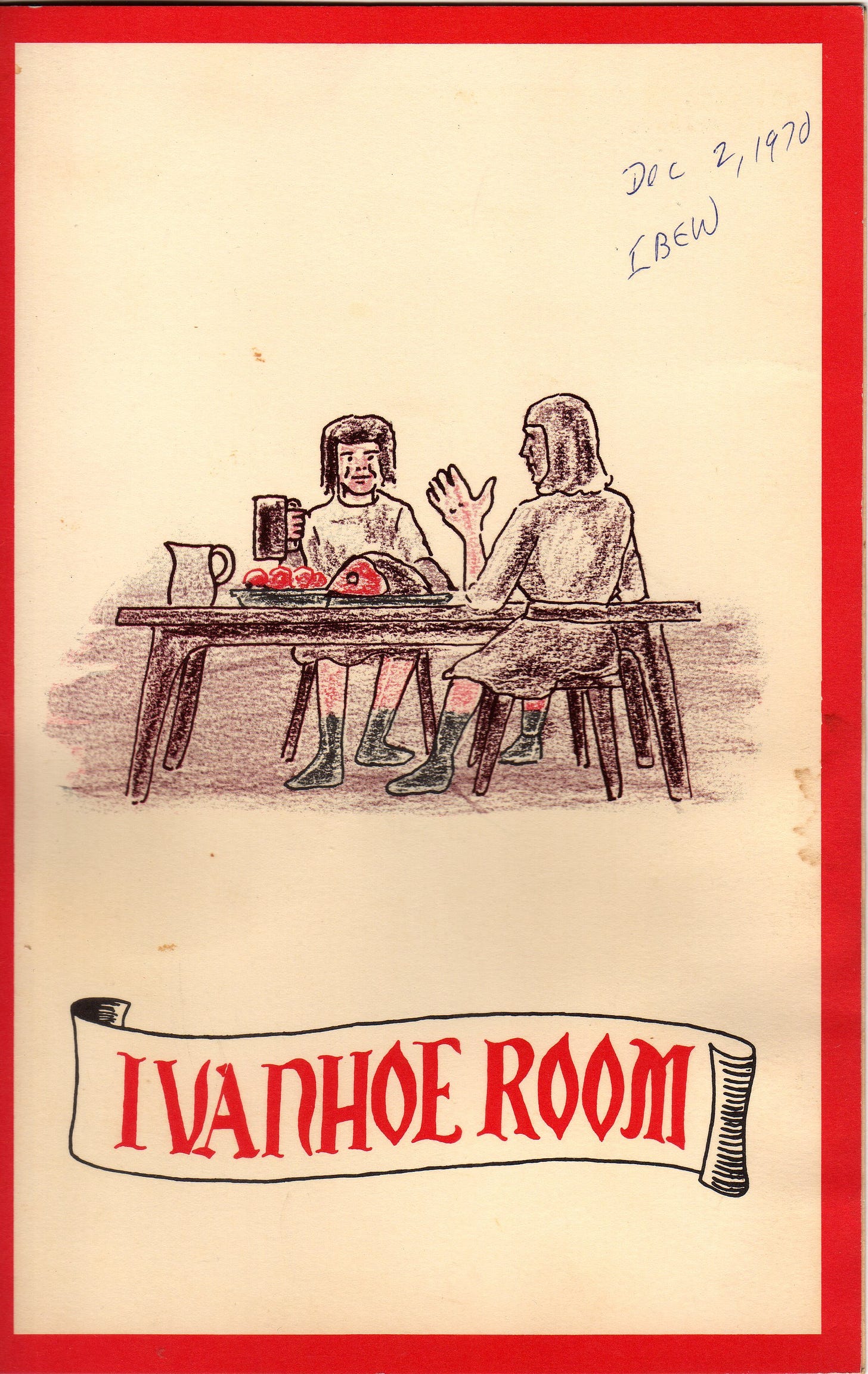
Great work, Aditi. There was some event/workshop thing at the Rolling Green when I was at west middle. The hotel was okay ... I think it was on its last legs by then. There was a dish at the Elm House that was compared to tyre rubber!
Great post. Wonderful to learn about this topic!